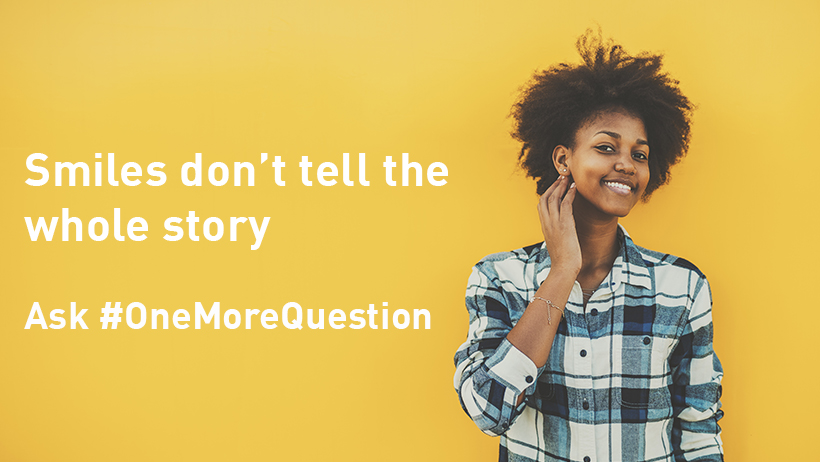Active Shooter
Active shooter incidents—defined by the FBI as "an individual actively engaged in killing or attempting to kill people in a populated area"—have become a grim hallmark of modern American society. From Columbine (1999) to Uvalde (2022), these tragedies have sparked debates on gun control, mental health, law enforcement response, and societal influences. Despite increased security measures and active shooter drills, the frequency of such events continues to rise, raising urgent questions about prevention, preparedness, and policy.
Thesis Statement
While active shooter incidents are often framed as unpredictable acts of violence, a deeper investigation reveals systemic failures in gun legislation, mental health infrastructure, law enforcement protocols, and media influence—each contributing to the persistence of this crisis.
The Role of Gun Legislation
The U.S. has the highest rate of civilian gun ownership globally, with approximately 120.5 firearms per 100 residents (Small Arms Survey, 2018). Research indicates that states with lax gun laws—such as Texas and Florida—experience higher rates of mass shootings (Everytown Research, 2023). The 2022 Uvalde shooting, where an 18-year-old legally purchased an AR-15 shortly before killing 21 people, underscores the dangers of weak background checks and age restrictions.
However, opponents argue that stricter laws infringe on Second Amendment rights and fail to deter criminals. Some scholars suggest that "red flag" laws, which allow temporary firearm confiscation from individuals deemed dangerous, could reduce risks without broad restrictions (Swanson et al., 2019). Yet, political polarization has stalled meaningful federal reform.
Mental Health and Warning Signs
Many shooters exhibit clear warning signs before their attacks. The Sandy Hook shooter had a documented history of severe mental illness, while the Parkland shooter was repeatedly reported to law enforcement (FBI, 2018). Despite this, mental healthcare remains underfunded, with 1 in 5 Americans experiencing mental illness annually (NAMI, 2023).
Critics caution against scapegoating mental illness, noting that most individuals with psychiatric conditions are not violent (APA, 2022). Instead, experts emphasize behavioral threat assessment—identifying concerning behaviors before they escalate (Meloy et al., 2021). Schools and workplaces increasingly adopt these models, but implementation remains inconsistent.
Law Enforcement Response: Successes and Failures
The 1999 Columbine massacre exposed flaws in traditional police tactics, leading to the adoption of rapid deployment strategies, where officers immediately confront shooters (DOJ, 2018). This approach saved lives in the 2018 Nashville Waffle House shooting, where an armed civilian subdued the attacker before police arrived.
Yet, failures persist. The delayed response in Uvalde—where officers waited 77 minutes to engage the shooter—revealed critical breakdowns in command and training (Texas House Committee, 2022). Similarly, the 2017 Las Vegas shooting highlighted challenges in preventing attacks in open, crowded venues.

Media and Copycat Effects
Research suggests that media coverage may inspire copycat shootings (Lankford, 2016). The "notoriety effect"—where shooters seek fame—has led some outlets to adopt guidelines minimizing perpetrator glorification (AP Stylebook, 2022). However, the 24-hour news cycle and social media amplify violent imagery, complicating ethical reporting.
Conclusion: A Multifaceted Crisis Demanding Systemic Change
Active shooter incidents are not isolated tragedies but symptoms of deeper societal failures. Effective solutions require:
- Stronger gun laws, including universal background checks and red flag laws.
- Improved mental health services and early intervention programs.
- Enhanced law enforcement training and standardized response protocols.
- Responsible media practices to reduce sensationalism.
Without comprehensive action, these tragedies will persist, leaving communities trapped in a cycle of grief and reactive measures. The stakes are not just policy debates but human lives—demanding urgency, empathy, and evidence-based reform.
Sources:
- Everytown Research & Policy. (2023). Mass Shootings in America.
- Federal Bureau of Investigation. (2018). A Study of Active Shooter Incidents.
- Lankford, A. (2016). "Fame-Seeking Rampage Shooters." Aggression and Violent Behavior.
- Texas House Committee. (2022). Uvalde Shooting Report.
- U.S. Department of Justice. (2018). Critical Incident Review: Active Shooter Response.





















